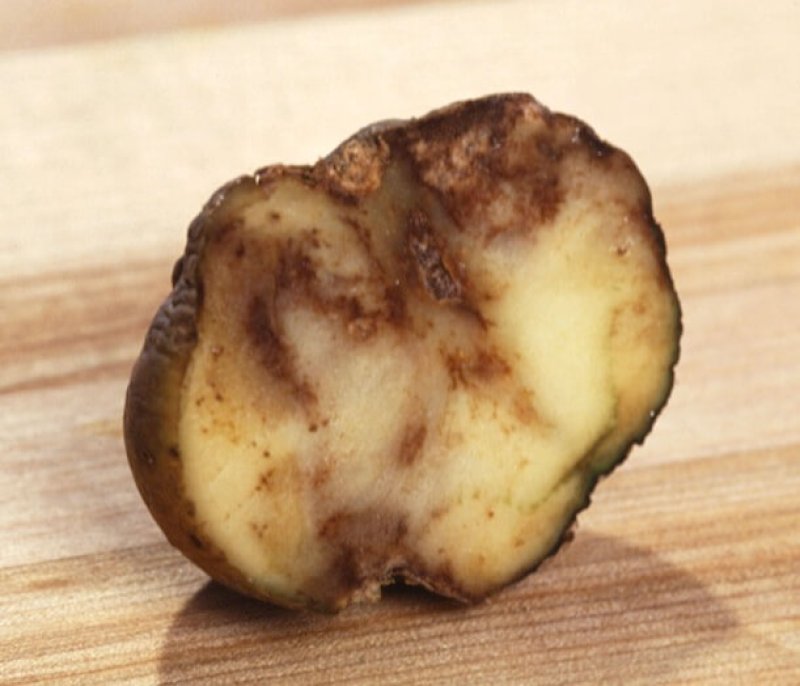Late blight, the most important and most destructive pathogen of potato, was caused by the microorganism Phytophthora infestans. Late blight is the disease that caused the Irish Famine of the 1840s and still one of the most serious threats to potato production that causes significant economic losses globally.
Scientists from the Chinese Academy of Agricultural Sciences and the James Hutton Institute have identified a diploid wild potato with high resistance to P. infestans. They discovered novel R genes in this potato…
“We found that the observed resistance in this wild potato was due to previously uncharacterized novel resistance genes,” explained Guangcun Li, one of the scientists involved in the study. “We also discovered that photosynthesis was inhibited to promote the immune response.” Photosynthetic inhibition in potatoes is a new discovery. The scientists also found that the physical barrier of leaves was very important. “The leaves of this wild potato are hard and show immunity when inoculated with P. infestans at low concentration,” said Li.































